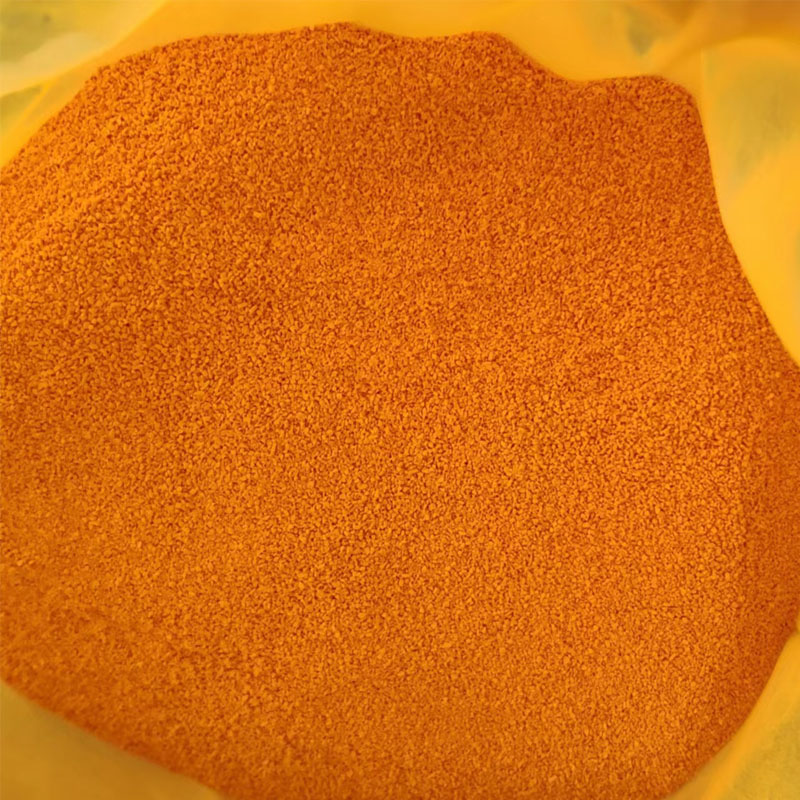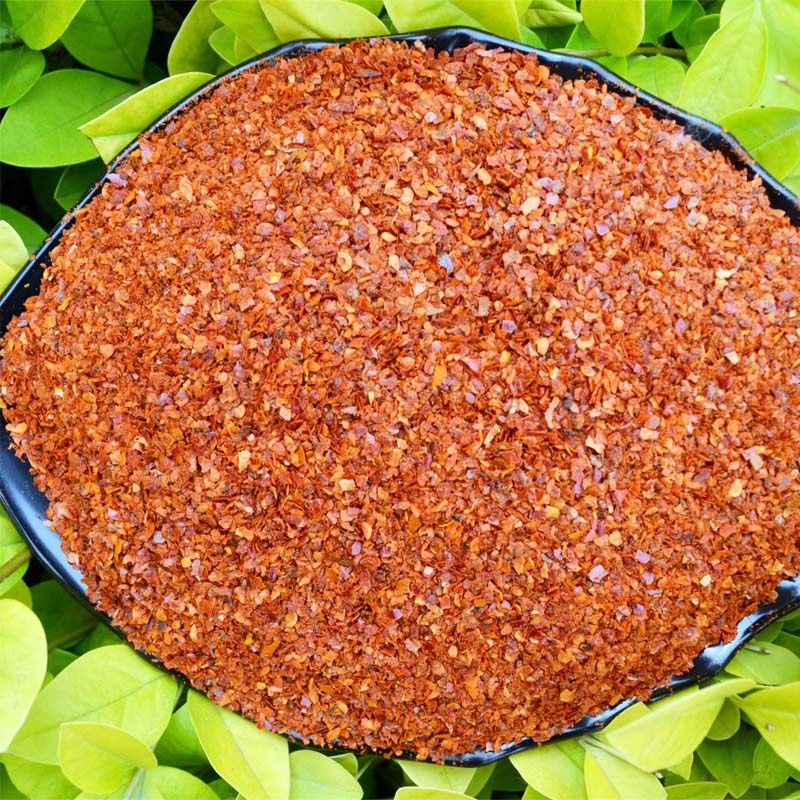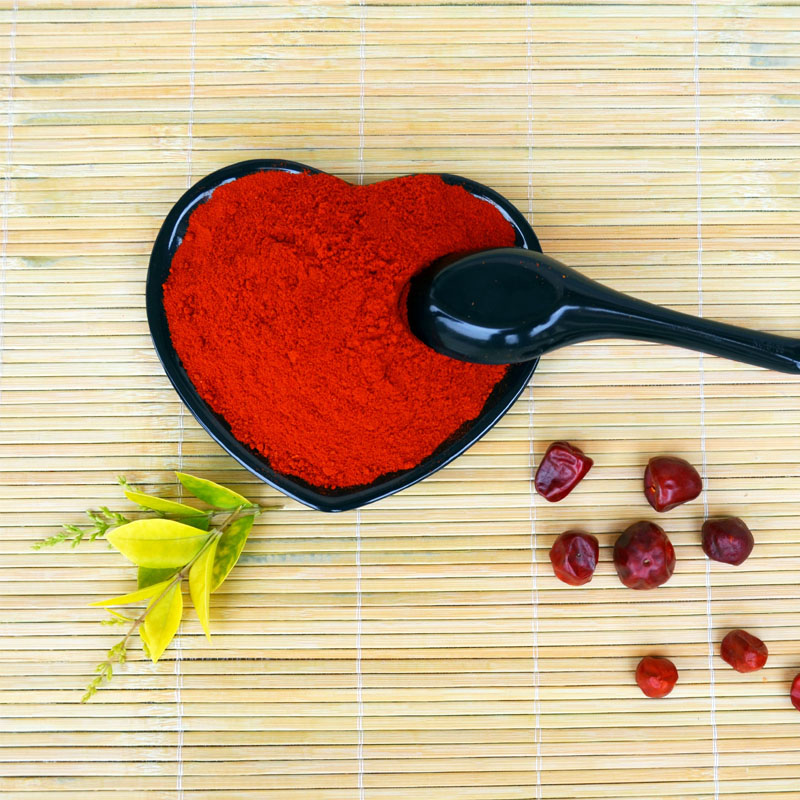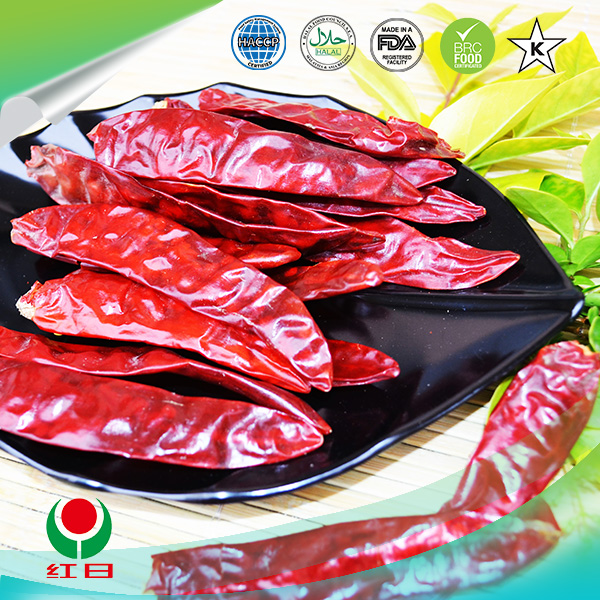- No. 268 Xianghe Street, Economic Development Zone of Xingtai city, Hebei 054001 China
- Byron@hbhongri.cn
Authentic Chinese Chilli Powder - Bold & Aromatic Flavor
Embark on a journey into the fiery, flavorful world of chinese chilli powder. As global palates become more adventurous, the demand for authentic, high-quality spices has skyrocketed. This comprehensive guide explores everything you need to know about this essential ingredient, from its nuanced production process and technical specifications to its diverse applications. We will delve into comparisons with related products like shishito paprika and red cayenne pepper powder, showcasing why discerning buyers choose premium quality for consistent results.
Industry Trends: The Rising Heat of the Global Spice Market
The global spice market is experiencing unprecedented growth, driven by a consumer shift towards ethnic cuisines, natural ingredients, and transparent supply chains. According to a 2023 report by Grand View Research, the market is projected to expand significantly, with chili powder being a major contributor. Key trends shaping the industry include:
- Demand for Authenticity: Consumers and chefs are increasingly seeking authentic flavors that represent specific culinary traditions, moving beyond generic "chili powder" to region-specific varieties like Sichuan and Hunan chili powders.
- Clean Label & Traceability: The demand for non-GMO, gluten-free, and additive-free products is at an all-time high. Traceability from the farm to the final package, backed by certifications like ISO 22000, builds consumer trust.
- Health & Wellness: Capsaicin, the active compound in chilies, is recognized for its health benefits, including metabolism-boosting and anti-inflammatory properties. This has pushed chinese chilli powder from a mere condiment to a functional food ingredient.
- Customization in Food Service: Large-scale food manufacturers and restaurant chains require precise specifications for heat (SHU), color (ASTA), and grind size (Mesh) to ensure product consistency. This drives the need for expert suppliers who offer customized solutions.
Global Chili Powder Market Growth (Forecast)
The Art and Science of Production: How Chinese Chilli Powder is Made
The quality of the final product is a direct result of a meticulous and controlled manufacturing process. Unlike simple grinding, producing premium chinese chilli powder is a multi-stage operation that balances tradition with modern food safety standards. At Hongri Spice, we adhere to a stringent process governed by HACCP and ISO 22000 principles.
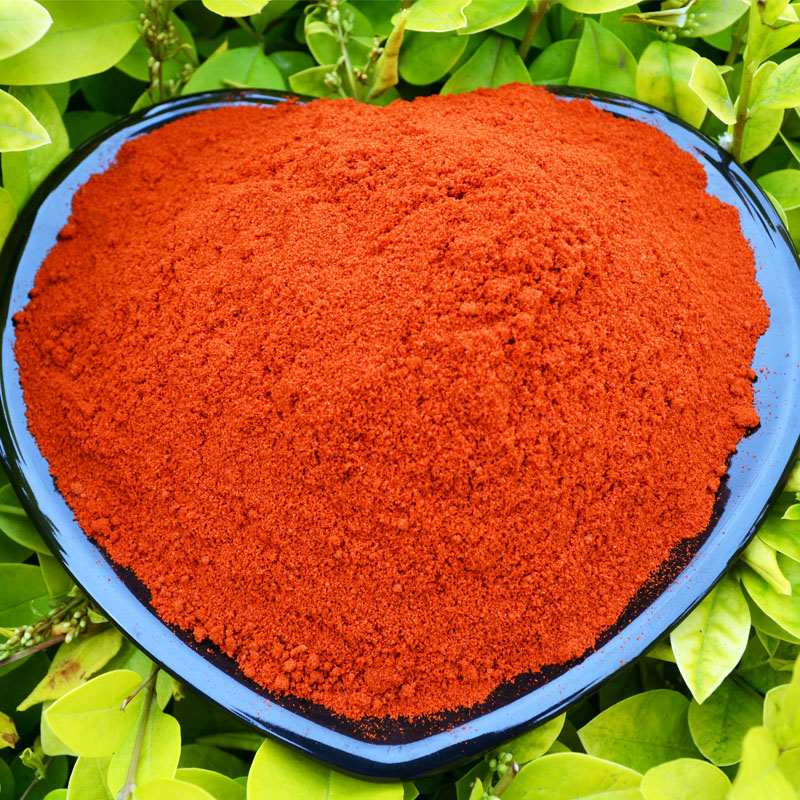
Our Manufacturing Process Flow
1. Sourcing
Selection of premium chili varieties (e.g., Chaotian, Yidu) from contracted farms ensuring optimal ripeness and quality.
2. Cleaning
Multi-stage washing and air-drying to remove impurities, soil, and foreign matter.
3. Drying
Controlled drying (sun or mechanical) to achieve a precise moisture content (<10%), crucial for shelf life and grinding.
4. Grinding & Milling
Advanced milling machines grind the chilies to a specific particle size (Mesh), with options for stone-milling for traditional textures.
5. Sieving
Passing the powder through multiple sieves to ensure uniform consistency and remove any oversized particles.
6. Sterilization
Steam sterilization or irradiation (as per client requirement) to eliminate microbial contaminants, meeting FDA and ISO standards.
7. Packaging
Automated packaging in moisture-proof, food-grade materials to preserve freshness, aroma, and color.
8. Quality Control
Final lab testing for SHU, ASTA, moisture, microbiology, and heavy metals before shipment release.
Technical Specifications: Understanding the Metrics of Quality
For industrial and commercial buyers, understanding the technical data of chinese chilli powder is non-negotiable. These parameters define the product's performance in a recipe, its visual appeal, and its safety. Here is a breakdown of key specifications for our premium chili powder.
| Parameter | Definition | Hongri Spice Standard Range | Importance |
|---|---|---|---|
| SHU (Scoville Heat Units) | A measurement of the pungency (spicy heat) of chili peppers, based on capsaicin concentration. | 5,000 - 70,000 SHU (Customizable) | Crucial for flavor profile consistency in sauces, snacks, and seasonings. |
| ASTA Color Value | American Spice Trade Association unit measuring the extractable color of paprika and chili. | 100 - 240 ASTA | Determines the richness and vibrancy of the red color imparted to food products. |
| Mesh Size | Indicates the particle size/fineness of the powder. A higher number means a finer grind. | 40 - 120 Mesh | Affects texture, solubility, and visual appearance in the final application. |
| Moisture Content | The percentage of water in the powder. | < 10% | Critical for preventing microbial growth and ensuring a long shelf life (18-24 months). |
| Total Ash | Measures the total mineral content. | < 8% | An indicator of purity; high levels can suggest the presence of soil or fillers. |
| Microbiological Standards | Tests for Total Plate Count, Yeast, Mold, E.coli, Salmonella. | Compliant with FDA & EU Standards | Ensures food safety and is a prerequisite for use in ready-to-eat products. |

Product Comparison: Chinese Chilli Powder vs. Cayenne vs. Paprika
While often grouped, different red powders have distinct characteristics. Choosing the right one is key to achieving the desired culinary outcome. Here's how our chinese chilli powder compares to other popular varieties like red cayenne pepper powder and ground paprika.
| Feature | Chinese Chilli Powder (e.g., Sichuan) | Red Cayenne Pepper Powder | Ground Paprika (e.g., Sweet Paprika) |
|---|---|---|---|
| Heat Level (SHU) | Mild to Very Hot (10,000 - 70,000 SHU) | Moderately Hot (30,000 - 50,000 SHU) | Very Mild to None (100 - 500 SHU) |
| Flavor Profile | Fruity, earthy, aromatic, sometimes with smoky notes. | Neutral, sharp, clean heat. | Sweet, slightly bitter, with a primary focus on color. |
| Primary Use | Sichuan cuisine, hot pots, chili oils, dry rubs. | Hot sauces, general seasoning, Cajun/Creole cooking. | Garnishing, colorant in sausages and snacks, Hungarian Goulash. |
| Color (ASTA) | Rich, deep red (120-180 ASTA). | Bright, vibrant red (100-140 ASTA). | Varies from bright red to brownish-red (60-240 ASTA). |
| Key Compound | Capsaicin (for heat), various aromatic compounds. | High Capsaicin. | Capsanthin and Capsorubin (for color). |
Common Applications Breakdown
Quality Metric Comparison: Hongri Spice vs. Standard
Diverse Applications & Technical Advantages
The versatility of premium chinese chilli powder makes it an indispensable ingredient across numerous sectors of the food industry. Its consistent quality provides significant technical advantages in large-scale production.
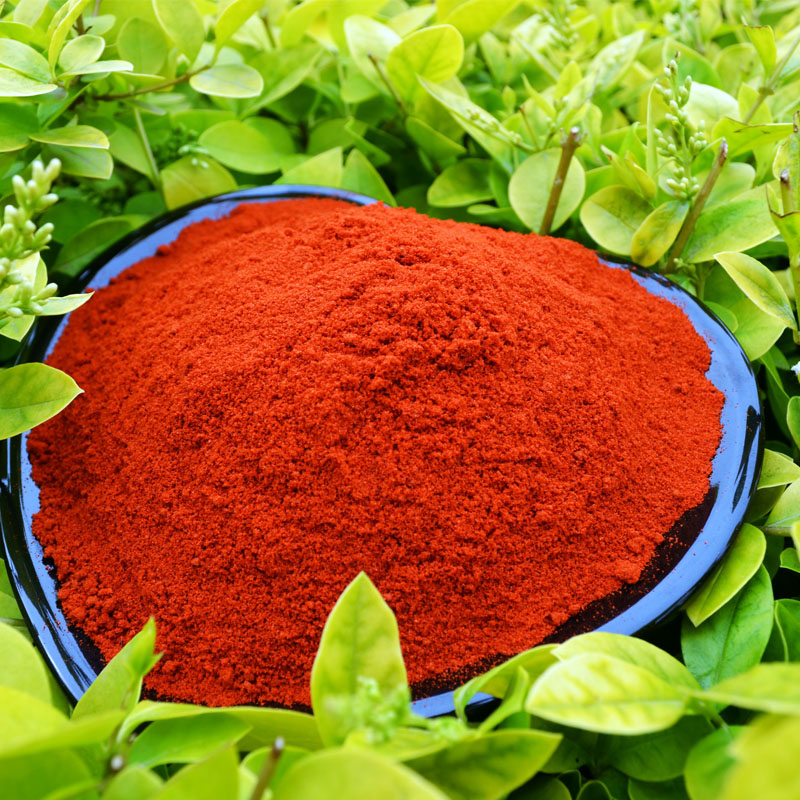
Application Scenarios:
- Food Manufacturing: A key component in producing instant noodles, savory snacks (chips, extruded snacks), processed meats (sausages, cured meats), and ready-to-eat meals. Our fine mesh powder ensures even distribution and solubility.
- Restaurant & Catering (HORECA): Essential for creating authentic Asian dishes, particularly Sichuan and Hunan cuisine. It forms the base for signature chili oils, marinades, and dipping sauces where consistency in heat and flavor is paramount.
- Seasoning & Blend Production: Used by spice blenders to create complex seasoning mixes for retail and industrial clients. Our ability to provide specific SHU and ASTA values allows for precise formulation.
- Retail Packaging: We provide high-quality bulk powder for private label packaging, ensuring the product on the shelf meets the highest standards of quality and safety.
Technical Advantages of Hongri Spice Chili Powder:
- Flavor Consistency: Our strict sourcing and blending processes guarantee a consistent SHU level batch after batch, protecting the integrity of your final product's flavor profile.
- Color Stability: High ASTA values and controlled processing minimize color degradation from light and heat, ensuring your food products maintain their vibrant, appealing appearance.
- Microbiological Safety: Advanced sterilization methods ensure our powders are safe for direct use in a wide range of food products, reducing risk and meeting stringent regulatory requirements (ISO, FDA).
- Superior Shelf Life: Low moisture content (<10%) and specialized packaging prevent caking and spoilage, providing a reliable shelf life of up to 24 months.
Tailored Solutions: Customization and Partnership with Hongri Spice
We understand that one size does not fit all. At Hongri Spice, we position ourselves not just as a supplier, but as a development partner. We offer comprehensive customization options to meet the unique needs of your products and processes.
Your Customization Options:
- Heat Level (SHU): We can create custom blends to target a precise SHU rating, from mild to extremely hot.
- Grind Size (Mesh): From coarse flakes for chili oil to ultra-fine powder for sauces, we provide the exact consistency you need.
- Color (ASTA): We can blend different chili varietals to achieve a specific color profile for your application.
- Custom Blends: We can incorporate other spices like cumin, Sichuan peppercorn, or garlic to create a ready-to-use proprietary seasoning blend.
- Packaging: From 1kg foil bags to 25kg paper sacks and bulk totes, we offer packaging solutions that fit your production workflow.
Why Partner with Hongri Spice?
| Factor | Hongri Spice | Generic Supplier |
|---|---|---|
| Certifications | ISO 22000, HACCP, Halal, Kosher | Often limited or none |
| Sourcing | Direct, traceable farm contracts | Market-bought, mixed origin |
| QC Testing | In-house & 3rd party labs | Basic or batch-skip testing |
| Customization | Full-service (SHU, Mesh, etc.) | Standard products only |
Application Case Study: Enhancing Consistency for a Global Sauce Brand
- Client: "Global Fusion Sauces," a leading international manufacturer of condiments and marinades.
- Challenge: The client's signature "Spicy Sriracha Mayo" was suffering from batch-to-batch inconsistency in heat and color. Their previous supplier provided chinese chilli powder with a wide SHU variance (20,000-35,000 SHU), leading to customer complaints and production adjustments.
- Solution: The Hongri Spice technical team worked with the client to define precise specifications: a target SHU of 28,000 (±1,500), an ASTA value of 160+, and a 100 Mesh grind for smooth texture. We created a custom blend using two chili varietals and implemented a dedicated quality control plan for their orders.
- Results:
- 95% Reduction in Batch Variation: The new, tightly-controlled chinese chilli powder ensured a highly consistent end product.
- 25% Improvement in Color Stability: The higher, more stable ASTA value resulted in a more vibrant and visually appealing sauce with a longer shelf life.
- 10% Reduction in Production Costs: Eliminating the need for constant batch adjustments and sensory testing saved the client significant labor and time.
- Strengthened Trust: The client now holds a Certificate of Analysis (COA) from us for every batch, reinforcing their own quality assurance programs.
Our Commitment to Trustworthiness and Quality
Trust is the cornerstone of our business. We demonstrate our commitment through transparency, robust quality systems, and unwavering customer support.
Our Quality and Safety Certifications
✓ ISO 22000:2018 ✓ HACCP Certified ✓ FDA Registered ✓ Halal & Kosher AvailableLogistics, Delivery, and Support
- Global Delivery: We have extensive experience in global logistics, ensuring timely and secure delivery to ports worldwide. Typical lead time for bulk orders is 15-25 days.
- Quality Guarantee: Every shipment is accompanied by a detailed Certificate of Analysis (COA) confirming that all technical specifications have been met. We stand by our product with a full quality guarantee.
- Dedicated Customer Support: Our expert team is available to assist with product selection, customization, and any technical questions you may have.
Frequently Asked Questions (FAQ)
1. What is the difference in heat level (SHU) between your different chinese chilli powder varieties?
We offer a wide range based on the chili varietal used. For example, our Yidu chili powder is milder (around 5,000-10,000 SHU) and prized for its color, while our Chaotian "Facing Heaven" chili powder is significantly hotter (30,000-70,000 SHU). We can provide detailed specs for each or create a custom blend to meet your exact SHU target.
2. What does the 'Mesh' size indicate for the powder?
Mesh size refers to the fineness of the grind, determined by the number of openings per linear inch of a sieve. A higher mesh number means a finer powder. For instance, 40 Mesh is a coarser grind, suitable for visible flakes in a rub, while 100-120 Mesh is an ultra-fine powder that dissolves smoothly into liquids and sauces.
3. What is the ASTA value and why is it important for products like ground paprika and chili powder?
The ASTA value, set by the American Spice Trade Association, is the industry standard for measuring the extractable color of a spice. It's a critical quality metric for applications where color is a key attribute, such as in sausages, snacks, and seasonings. A higher ASTA value (e.g., 180+) indicates a more vibrant and stable red color, making the final food product more visually appealing.
4. Are your products Allergen-Free?
Our pure chinese chilli powder is naturally free from common allergens like gluten, dairy, soy, and nuts. We operate dedicated processing lines to prevent cross-contamination. We can provide detailed allergen statements upon request to meet your labeling requirements.
5. What sterilization methods do you use, and do they affect flavor?
We primarily use steam sterilization, a highly effective method for reducing microbial load while preserving the chili's natural flavor and aromatic compounds. For certain applications or regulations, we also offer irradiation. We work with our clients to choose the best method that ensures safety without compromising the sensory profile of the spice.
6. What is the difference between your chinese chilli powder and red cayenne pepper powder?
While both provide heat, they come from different cultivars of *Capsicum annuum*. Cayenne pepper typically has a clean, sharp heat with a relatively neutral flavor profile. Chinese chili powders, depending on the variety, often possess a more complex, fruity, and aromatic flavor in addition to their pungency. The choice depends on whether you need pure heat (cayenne) or heat plus a distinctive flavor profile (Chinese chili).
7. What is the standard lead time and Minimum Order Quantity (MOQ) for a custom order?
Standard lead time for production is typically 15-20 days after order confirmation. Shipping time varies by destination. Our MOQ for standard products is generally 1 metric ton (MT). For custom blends or specifications, the MOQ may be higher depending on the complexity; please contact our sales team for a detailed quote.
Further Reading & Industry References
To deepen your understanding of spice quality and food science, we recommend these authoritative sources:
- American Spice Trade Association (ASTA): The leading voice of the U.S. spice industry, providing resources on quality standards, food safety, and analytical methods. Visit ASTA Website
- "Capsaicinoids and Pungency in 'Capsicum' Species" - from the *Journal of Agricultural and Food Chemistry*. This publication provides in-depth chemical analysis of what makes chili peppers hot, offering a scientific basis for understanding SHU. Search the Journal
- "Global Spices and Seasonings Market Report" by Grand View Research. This report offers comprehensive data and analysis on market size, share, trends, and forecasts, valuable for strategic business decisions. Access Market Reports
-
Capsicum frutescens oleoresin – High Purity, Food GradeNewsNov.17,2025
-
Capsicum Frutescens Oleoresin – Natural Heat & FlavorNewsNov.17,2025
-
Peppereka Powder – Fresh, Vibrant Color & Sweet AromaNewsNov.17,2025
-
Paprika Oleoresin | Natural Red Color, Heat & Flavor BoostNewsNov.17,2025
-
Pure Turmeric Extract 95% Curcumin | Potent, Lab-TestedNewsNov.17,2025
-
Red Papper Pods – Premium Sun-Dried, Bold Heat & AromaNewsNov.10,2025
